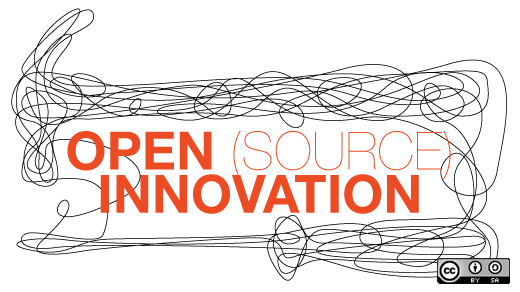Intel has announced the release Stephen Hawking's speech system as open source, encouraging innovation and improvements that could open up the technology to people with physical disabilities throughout the world.
Stephen Hawking, who is probably one of the best scientific minds of our time, was diagnosed with ALS at the age of 21. This slowly paralyzed him and eventually took his ability to talk, but with the help of a unique speech system, he found his voice again.
In 1997, Intel designed a unique speech system that allows Hawking to communicate with the world. In 2004, text-to-speech functionality provided by NeoSpeech gave him his iconic voice.
The speech system was closed source and proprietary licensed, which meant that only Intel engineers could work on improvements. Everyone else who wanted to improve the technology had to build their own system from scratch—until now. Late last year, Intel announced plans to open source all code for Hawking's speech system. The company released it on GitHub earlier this year under the Apache License, version 2.0.
How Stephen Hawking's speech system works
The speech system is comprised of three main parts, which work as follows:
- An infrared sensor on Hawking's glasses, which senses movements in his cheek.
- The signal from the infrared sensor is then sent to a software platform, which allows Hawking to navigate the system without using his hands. This can be used to perform a range of tasks, including moving a mouse or using a virtual keyboard.
- Text-to-speech functionality, which takes the text he writes and turns it into speech in his iconic voice.
Why make this technology open source?
By releasing this technology as open source, Intel has allowed anyone in the world to make improvements to the technology. With a computer, an idea, and some motivation, you could make improvements right now.
Prior to the release of this technology as open source, any engineer outside of Intel would have had to design the entire speech system from scratch just to make one small improvement. Now, with all of Intel's hard work out in the open, it is easy for anyone to build on top of the technology that has already been designed.
This should dramatically increase the rate of improvement of the software, which will result in better quality and more accessible technology.
Who can this technology help?
Unfortunately, not everyone with motor neuron disease has access to or the funding needed to get a speech system like this, which can render communication impossible. But with the release of this technology as open source, the future looks bright. As the rate of improvement and accessibility of this technology rises, more and more people with life-changing physical disabilities will be able to use it and begin to communicate again.
In today's world, there are over 3 million people who live with motor neuron disease and quadriplegia who find it difficult or impossible to communicate. professor Hawking's speech system is able to be adapted to suit the physical abilities of each person. For example, the technology can be developed to react to blinking, eyebrow movements, touch, and other subtleties.
Learn more
Want to improve professor Hawking's speech system?
- Find the source code here.
- For more information about the project, or to contact one of the lead engineers at Intel, click here or take a look at this presentation.
- Learn more about Intel's speech system here.
- Click here to learn more about the text-to-speech functionality of Hawking's system.






5 Comments